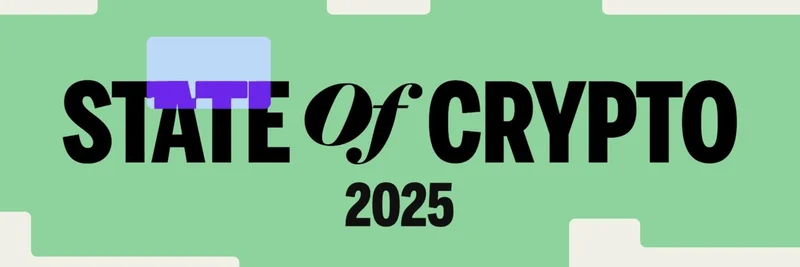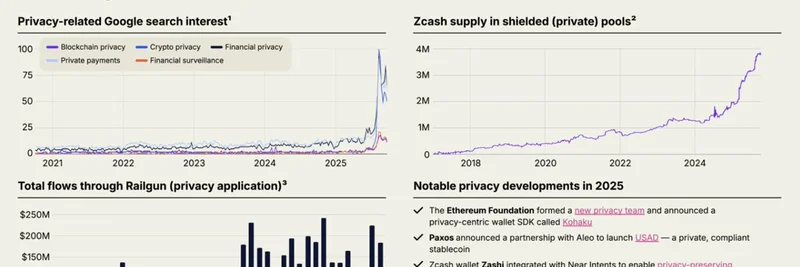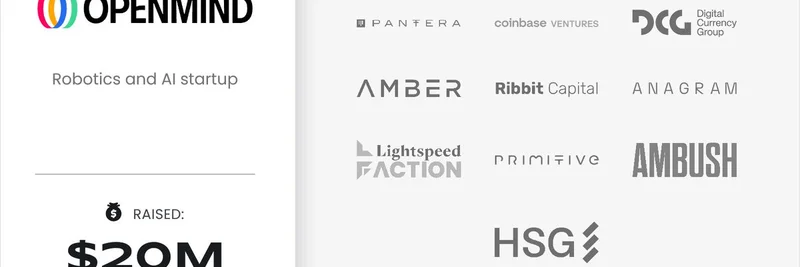In the fast-paced world of crypto, outages can spell disaster for projects big and small. But when a major AWS disruption hit on October 20, 2025, Chainlink stood tall, proving once again why it's a cornerstone of decentralized tech. As shared in a recent tweet from BSCNews, the oracle platform remained fully operational while others struggled, underscoring its robust design.
What Happened with the AWS Outage?
For those not in the loop, AWS—Amazon Web Services—is a massive cloud computing provider that powers a ton of online services, including many in crypto. The outage started in the US-EAST-1 region, causing spikes in errors, delays, and connectivity issues across services like EC2 and Lambda. It wasn't a cyberattack but an internal glitch in their health-check system, leading to a domino effect that lasted from October 19 into the next day.
This hiccup didn't just affect tech giants; it rippled through the crypto ecosystem. Centralized exchanges like Coinbase hit pause on operations, and protocols such as LayerZero saw their bridges go offline, frustrating users mid-transaction. Even non-crypto apps like Snapchat and Roblox felt the pain. In the blockchain realm, it exposed how reliant some projects are on centralized infrastructure, which can create single points of failure.
Chainlink's Unwavering Performance
Enter Chainlink, the decentralized oracle network that feeds real-world data into smart contracts. Unlike some competitors, Chainlink didn't skip a beat. Its data feeds, streams, and Cross-Chain Interoperability Protocol (CCIP) kept humming along without interruption. Why? It's all about that decentralized setup: independent node operators spread across different regions and providers, not tied to just AWS. This means no correlated failures—if one part stumbles, others pick up the slack.
Chainlink's design includes features like onchain data delivery without middlemen, aggregated consensus from multiple sources, and chain-specific deployments to isolate risks. It's secured billions in DeFi value and enabled trillions in transactions, earning certifications like ISO 27001 for reliability. During this outage, it shone as a beacon for what true decentralization looks like.
Community Reactions and the Bullish Vibe
The tweet from BSCNews sparked some buzz, with replies highlighting the win for decentralized infrastructure. One user chimed in: "Decentralized infrastructure proving its resilience and value. Bullish." It's a sentiment echoing across X (formerly Twitter), where folks are meme-ing about ditching centralized dependencies and urging projects to "just use Chainlink." This event has fueled discussions on building more resilient systems, especially in volatile markets.
Why This Matters for Meme Tokens
Now, you might be wondering: what's this got to do with meme tokens? Well, meme coins aren't just about hype and viral moments—they often plug into DeFi ecosystems for liquidity, trading, and even advanced features like automated market makers or yield farming. Many rely on oracles like Chainlink to pull in accurate price data, weather info, or random numbers for fair launches and games.
When oracles falter, it can lead to inaccurate liquidations, stalled trades, or exploited vulnerabilities, tanking a meme token's value overnight. Chainlink's track record here is gold: it handles about 70% of oracle-enabled DeFi, securing protocols that meme projects build on or integrate with. For instance, during market crashes, its precise data helps prevent cascading failures. This outage serves as a real-world stress test, showing meme token devs why betting on decentralized oracles can safeguard their communities and boost long-term adoption.
In the meme world, where narratives drive prices, stories of resilience like this can spark rallies. Projects using Chainlink might see a bump as investors seek out tokens with solid tech underpinnings amid uncertainty.
Looking Ahead: Lessons for Blockchain Practitioners
This incident is a wake-up call for the entire blockchain space. As meme tokens evolve from jokes to serious players, integrating battle-tested tools like Chainlink becomes crucial. It minimizes risks from external disruptions and builds trust with users. If you're a dev or trader in the meme ecosystem, keep an eye on how projects handle infrastructure—it's the difference between thriving and diving.
For more on Chainlink's role in crypto, check out their education hub. And stay tuned to Meme Insider for the latest on how tech news impacts your favorite meme tokens. What's your take on this outage—bullish for decentralization? Drop your thoughts below!




